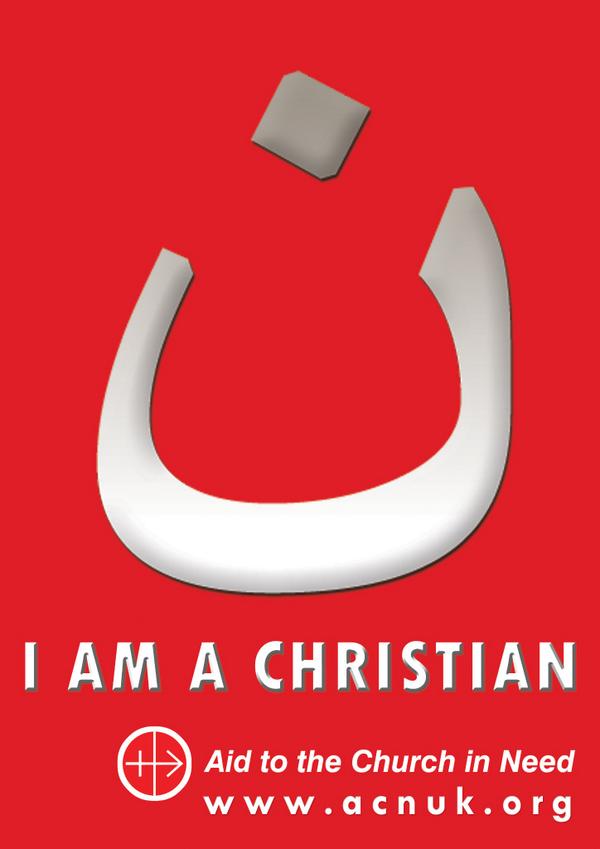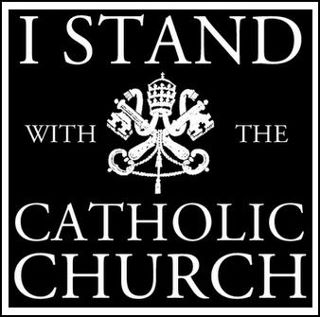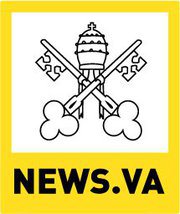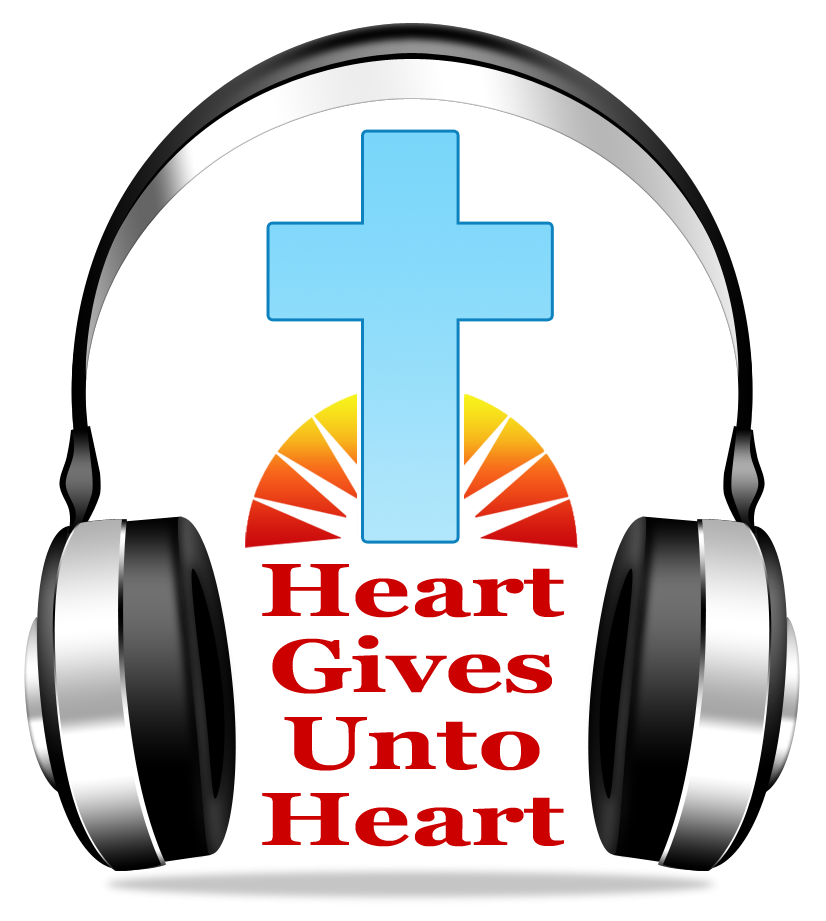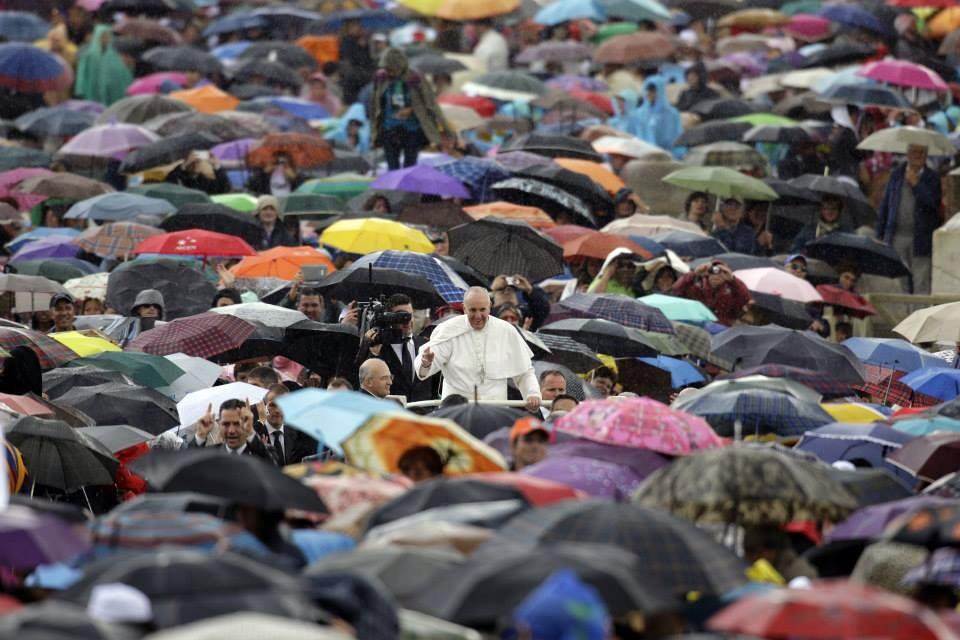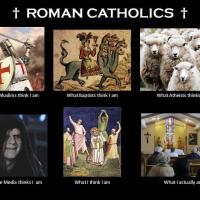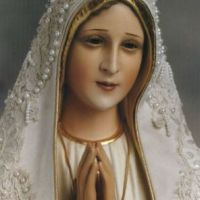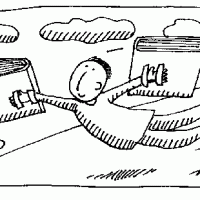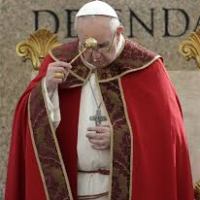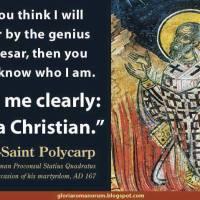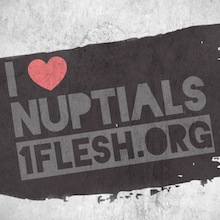1. The Gospels Antiquity of the Celebration of Holy Week
From an attentive study of the Gospels, and particularly that of St. John, it might easily be inferred that already in Apostolic times a certain emphasis was laid upon the memory of the last week of Jesus Christ’s mortal life. The supper at Bethania must have taken place on the Saturday, “six days before the pasch” (John 12:1-2), and the triumphant entry into Jerusalem was made from there next morning.1
2. 4th Century: Pilgrimage of Ætheria
Of Christ’s words and deeds between this and His Crucifixion we have a relatively full record. But whether this feeling of the sanctity belonging to these days was primitive or not, it in any case existed in Jerusalem at the close of the fourth century, for the Pilgrimage of Ætheria contains a detailed account of the whole week, beginning with the service in the “Lazarium” at Bethania on the Saturday, in the course of which was read the narrative of the anointing of Christ’s feet. Moreover, on the next day, which, as Ætheria says, “began the week of the Pasch, which they call here the “Great Week”, a special reminder was addressed to the people by the archdeacon in these terms: “Throughout the whole week, beginning from to-morrow, let us all assemble in the Martyrium, that is the great church, at the ninth hour.” The commemoration of Christ’s triumphal entry into the city took place the same afternoon.
3. Rituals at the Mount of Olives
Great crowds, including even children too young to walk, assembled on the Mount of Olives and after suitable hymns, and antiphons, and readings, they returned in procession to Jerusalem, escorting the bishop, and bearing palms and branches of olives before him. Special services in addition to the usual daily Office are also mentioned on each of the following days. On the Thursday the Liturgy was celebrated in the late afternoon, and all Communicated, after which the people went to the Mount of Olives to commemorate with appropriate readings and hymns the agony of Christ in the garden and His arrest, only returning to the city as day began to dawn on the Friday.
4. Friday
On the Friday again there were many services, and in particular before midday there took place the veneration of the great relic of the True Cross, as also of the title which had been fastened to it; while for three hours after midday another crowded service was held in commemoration of the Passion of Christ, at which, Ætheria tells us, the sobs and lamentations of the people exceeded all description. Exhausted as they must have been, a vigil was again maintained by the younger and stronger of the clergy and by some of the laity.
5. Saturday
On the Saturday, besides the usual offices during the day, there took place the great paschal vigil in the evening, with the baptism of children and catechumens. But this, as Ætheria implies, was already familiar to her in the West. The account just summarized belongs probably to the year 388, and it is of the highest value as coming from a pilgrim and an eyewitness who had evidently followed the services with close attention.
6. Six Holy and Great Days
Still the observance of Holy Week as a specially sacred commemoration must be considerably older. In the first of his festal letters, written in 329, St. Athanasius of Alexandria speaks of the severe fast maintained during “those six holy and great days [preceding Easter Sunday] which are the symbol of the creation of the world”. He refers, seemingly, to some ancient symbolism which strangely reappears in the Anglo-Saxon martyrologium of King Alfred’s time. Further he writes, in 331: “We begin the holy week of the great pasch on the tenth of Pharmuthi in which we should observe more prolonged prayers and fastings and watchings, that we may be enabled to anoint our lintels with the precious blood and so escape the destroyer.”
7. Constantine & Ante-Constantine
From these and other references, e.g., in St. Chrysostom, the Apostolic Constitutions, and other sources, including a somewhat doubtfully authentic edict of Constantine proclaiming that the public business should be suspended in Holy Week, it seems probable that throughout the Christian world some sort of observance of these six days by fasting and prayer had been adopted almost everywhere by Christians before the end of the fourth century. Indeed it is quite possible that the fast of special severity is considerably older, for Dionysius of Alexandria (c. A.D. 260) speaks of some who went without food for the whole six days (see further under LENT). The week was also known as the week of the dry fast (xerophagia), while some of its observances were very possibly influenced by an erroneous etymology of the word Pasch, which was current among the Greeks. Pasch really comes from a Hebrew meaning “passage” (of the destroying angel), but the Greeks took it to be identical with paschein, to suffer.
SOURCE: The entirety of the article is quoted from the first section of the Catholic Encyclopedia’s article on Holy Week




